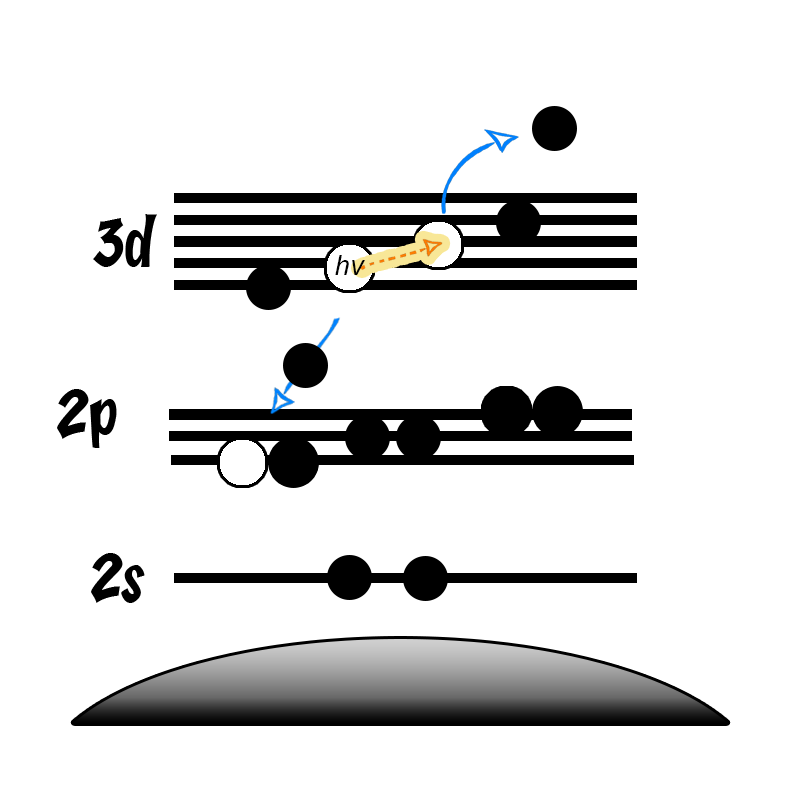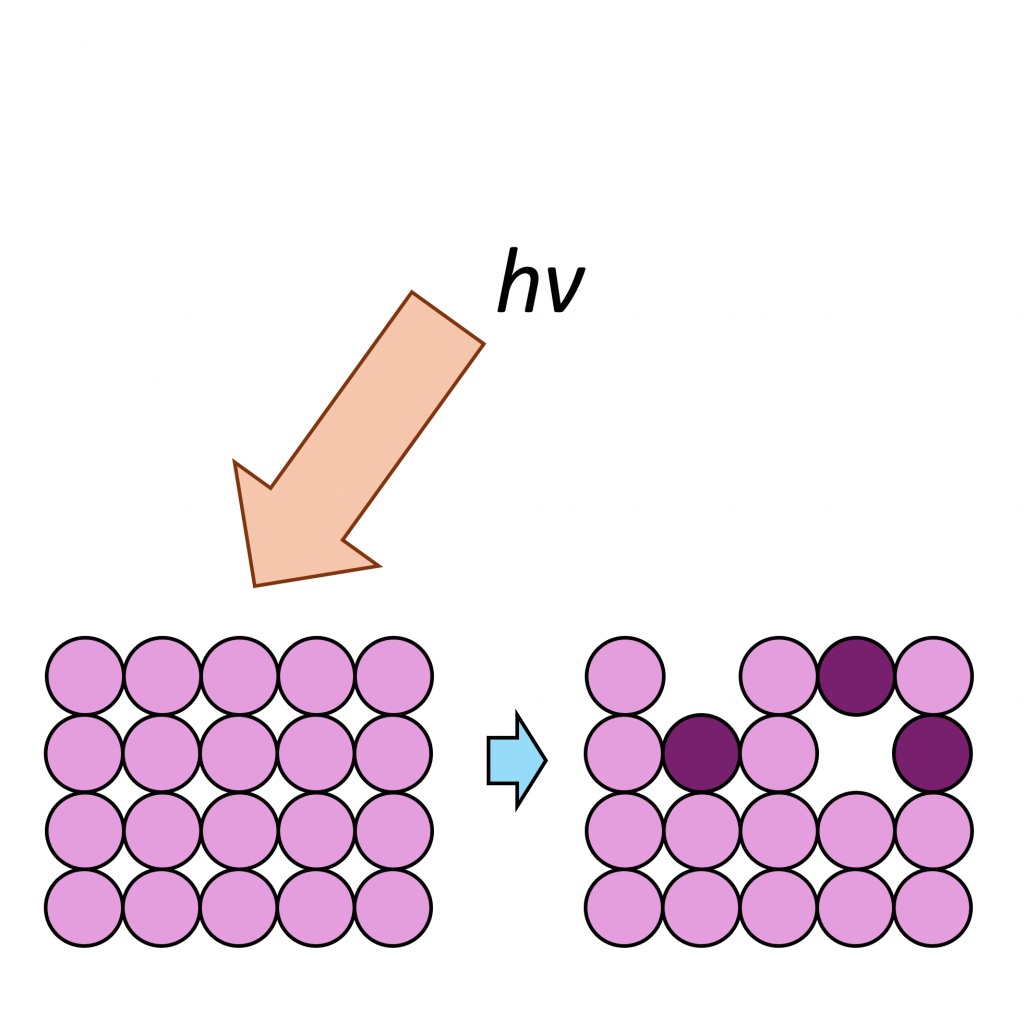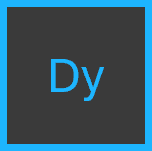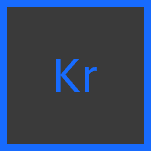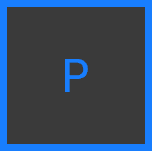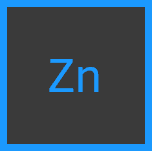
Xenon
Doublet Separations
- Xe 3d: 12.6 eV
The Energies Listed are Binding Energies!
- Xe 3s: 1148 eV
- Xe 3p: 940 eV
- Xe 3d: 672 eV
- Xe 4s: 210 eV
- Xe 4p: 147 eV
- Xe 4d: 63 eV
- Xe 5s: 18 eV
- Xe 5p: 7 eV
The Energies Listed are Binding Energies!
Xe is primarily analyzed via the 3d orbital
- Pd 3s: 670 eV
- Sm MNN (Al source) (672 eV)
- Ac 4d (675 eV
- Hg 4p (677 eV)
- Th 4d (677 eV)
- Bi 4p (679 eV)
- F 1s (686 eV)
Energies listed are Kinetic Energies!
Xe MNN: ~ 530 eV
General Xe XPS
If analysing the Xe 4p region, be aware that with an Al ka source, the MNN auger will directly overlap this region.
PAX Experiments:
PAX Experiments
5p₁/₂ Peak for Quantitative Measurements: The 5p₁/₂ peak is often preferred for quantitative analysis because it corresponds to only one photoelectron state and is well-approximated by a single Lorentzian function The 5p₃/₂ peak, however, is broader and may exhibit site-specific shape variations. The 5p₃/₂ peak is actually a superposition of two peaks corresponding to different magnetic quantum numbers, which can complicate analysis. In some cases the 5p₃/₂ peak can be split, providing additional information about the Xe overlayer, which is important in distinguishing 2D gas and 2D solid phases.(2)
Not available
Not available
- Barbieri, P. F., R. Landers, and F. C. Marques. “Electronic and structural properties of implanted xenon in amorphous silicon.” Applied physics letters 90.16 (2007). Read it online here.
- Jablonski, A., and K. Wandelt. “Quantitative aspects of ultraviolet photoemission of adsorbed xenon—a review.” Surface and interface analysis 17.9 (1991): 611-627. Read it online here.
- Kim, K. S., et al. “Photoemission studies of physisorbed xenon atoms on ruthenium/copper surfaces.” Journal of Physical Chemistry 91.9 (1987): 2337-2342. Read it online here.
- Guevremont, J. M., D. R. Strongin, and M. A. A. Schoonen. “Effects of surface imperfections on the binding of CH3OH and H2O on FeS2 (100): Using adsorbed Xe as a probe of mineral surface structure.” Surface Science 391.1-3 (1997): 109-124. Read it online here.
- Wandelt, K. “The local work function: Concept and implications.” Applied surface science 111 (1997): 1-10. Read it online here.


